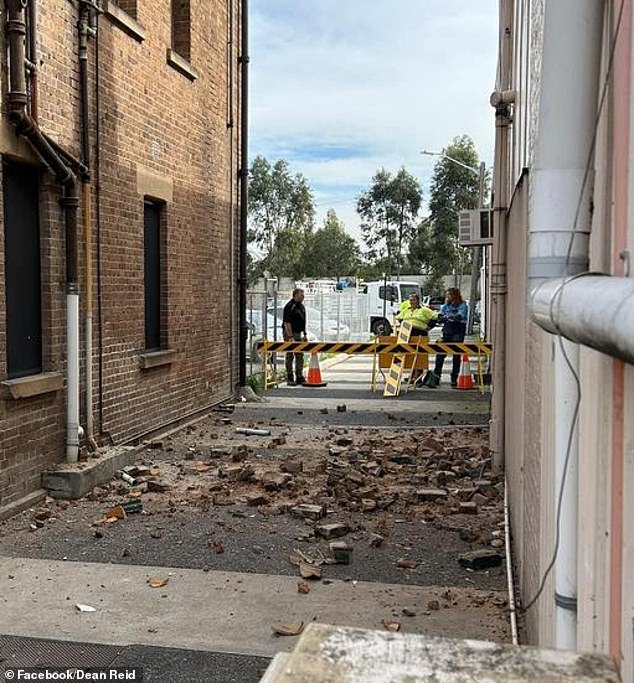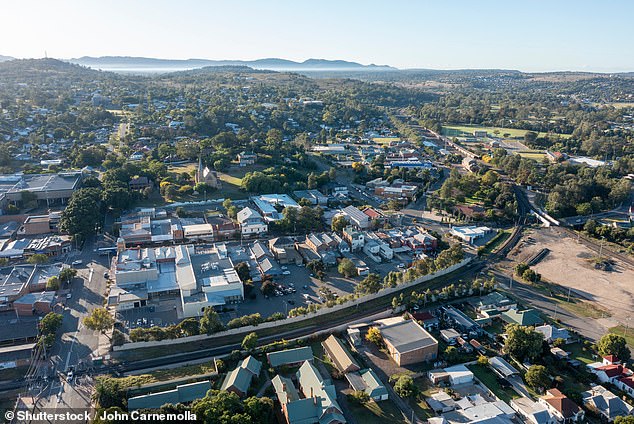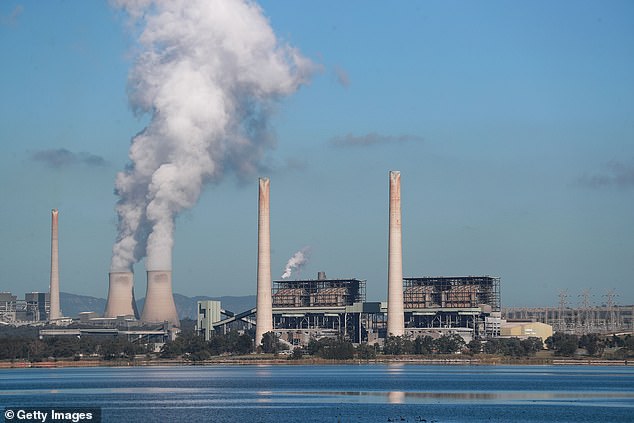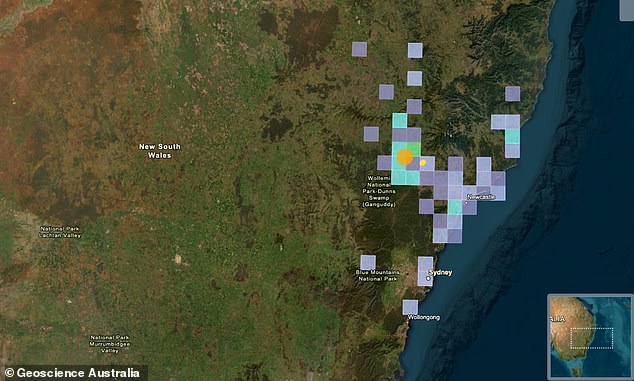An expert has warned that a magnitude 4.1 earthquake that hit a regional mining town is likely part of a “swarm sequence” with aftershocks lasting for months.
A magnitude 4.1 earthquake occurred beneath a mine at Muswellbrook in the Upper Hunter region of New South Wales at a depth of about 3 kilometers at midday on Tuesday.
The earthquake marked the fourth magnitude four seismic event in three months in the region after Muswellbrook was hit by a magnitude 4.7 earthquake on August 23.
Around 2,500 homes and businesses suffered a power outage after Tuesday’s earthquake, which appeared to originate from the nearby Mt Arthur coal mine.
No one was injured Tuesday, but operations at the mine were temporarily suspended.
Experts have warned that a flurry of small to moderate aftershocks will be felt in the coming months as part of an “earthquake swarm” in the region.
Hadi Ghasemi, senior seismologist at Geoscience Australia, said “moderate” seismic activity would have the power to crack walls and knock items off shelves.
“What we are seeing in general is seismic swarm activity: a series of moderate-sized events that occur close to each other, both in time and space… and may continue for months to come,” he told the Guardian.
The Upper Hunter region of New South Wales has been hit by four moderate earthquakes in the last three months (pictured is a map of Tuesday’s 4.1 magnitude earthquake)

Muswellbrook was shaken by a magnitude 4.7 earthquake on August 23 (damage shown)
Ghasemi explained that earthquakes can occur near mines for several reasons.
Mining sites are often built on faults, as “faults are the reason mineral deposits form in the first place”, which exposes them to a greater risk of seismic activity.
However, mining operations can also trigger seismic events.
“We know that there are cases where seismicity is actually related to mining activity… due to the extraction, for example, of a large volume of rock mass due to the mine… and that’s when we call them induced earthquakes “, said.
Some “clues” of an induced earthquake include it being located near a mine at a shallow depth, since mining operations are close to the Earth’s surface.
It has not yet been determined whether Tuesday’s earthquake was induced.
The Coalition has proposed Liddell Power Station, a decommissioned coal-fired power station less than 20 kilometers from Muswellbrook, as the location for Opposition Leader Mr Dutton’s proposed nuclear power station.

A power station less than 20km from Muswellbrook (pictured) has been proposed as a location for a nuclear power station, despite recent seismic activity.

Pictured is Liddell Power Station, less than 20 km from the New South Wales town of Muswellbrook.
Fortunately for locals concerned about the effects of an earthquake on a nuclear power site if the Coalition were elected, the current owner of Liddell Power Station, AGL, has no intention of selling the site.
The Coalition in June outlined plans to build reactors in Hunter Valley and Lithgow in New South Wales, Latrobe Valley in Victoria, Callide and Tarong in Queensland, Port Augusta in South Australia and Collie in Western Australia if voted on.
If the proposal goes ahead, it would be 10 to 12 years before the first reactor is completed, with the rest to be built starting in the 2040s.
Dutton has previously said nuclear power would provide reliable baseload power as coal is phased out, and that renewables would complement that rather than relying on them to provide the bulk of power supply.

